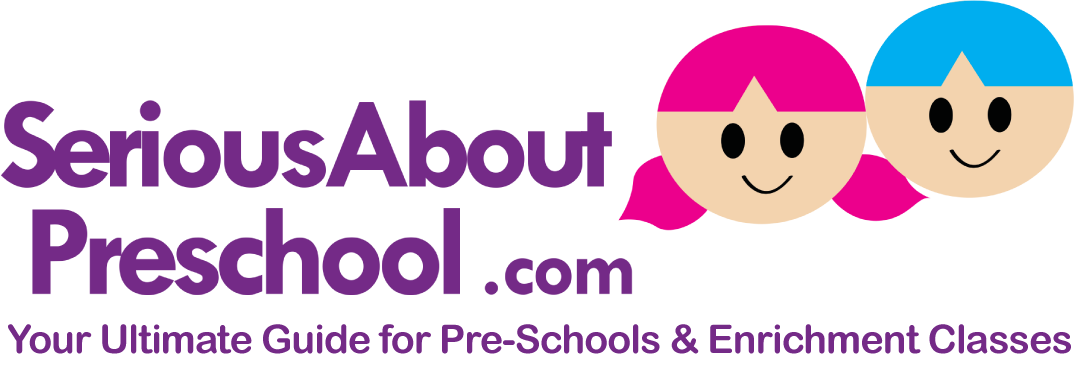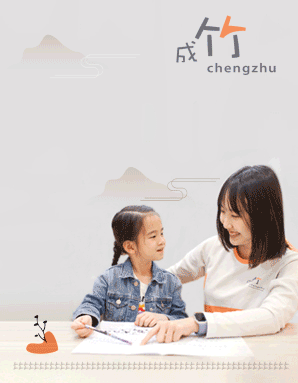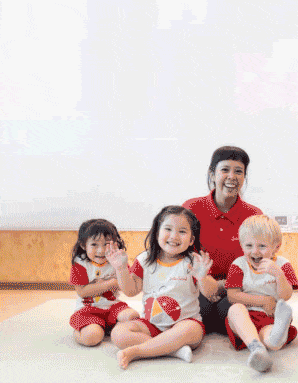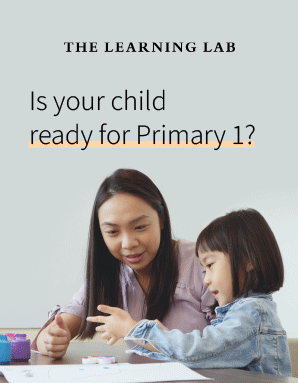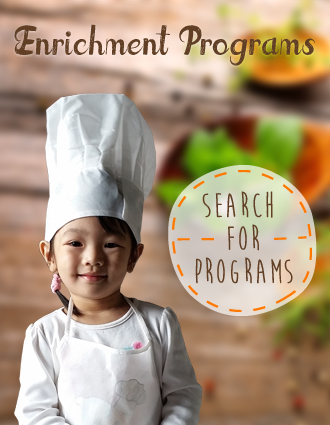How subject-based banding works

Parents may know that subject-based banding happens in primary school, but do you understand it?
Understanding subject-based banding in primary school
Even though introduced in 2008, subject-based banding may still be a stranger to most parents. Most of us may be more familiar with the EM1, EM2 and EM3 streams, however it is scrapped when subject-based banding is introduced. It allows your child to take on subjects that are based on his strength and interests so that he can realize his potential.
What is subject-based banding?
Subject-based banding offers greater flexibility for your child as it provides an option of choosing a combination of Standard and/or Foundation subjects.
For example, if your child passes in all 4 subjects and did very well in Mother Tongue language, he can make a choice of taking 4 Standard subjects and a higher Mother Tongue language during subject-based banding. However, if your child only passes in 2 subjects, he can make a choice of combining 2 Standard subjects in which he is strong in and 2 Foundation subjects in which he failed.
Such subjects combination will allow your child to focus on those subjects that he is strong in and build a stronger foundation for the subjects that he is weak in.
How does it work?

At primary 4, your child will sit for a school-based examination. Upon results, the school will recommend subject combinations that are suitable for your child based on his results. Parents can then fill up the option form indicating the preferred combination.
At primary 5, your child will take the chosen subject combinations. Towards the end of the year, the school will assess your child’s ability to cope with the subject combinations. Adjustment to the amount of Standard and Foundation subjects can be made based on your child’s ability, if necessary. For example, if your child is not doing well in the Standard subject, the school may allow him to change to a Foundation subject.
At primary 6, your child will take the subject combinations decided by the school for his Primary School Leaving Examination (PSLE).
How does it benefit my child?
Subject-based banding exposes your child to a different pace of learning. This allows your child to take on more subjects that are more demanding in the future, with the right fundamentals built.
At the same time, it recognises the different abilities of students and gives them greater flexibility to the subjects that they are good at.
Commonly Asked Questions
Does taking Higher Mother Tongue give my child any bonus points during PSLE?
Bonus points will only be given to students who take on Higher Mother Tongue (Chinese) and are seeking entry to Special Assistance Plan (SAP) secondary schools.
Will my child be able to take on Higher Mother Tongue in Secondary School if he did not take it in Primary School?
Yes, your child will still be able to take on Higher Mother Tongue in Secondary school regardless of primary school subjects. Do take note that even if your child took Higher Mother Tongue in primary school, it does not guarantee his ability to take Higher Mother Tongue in Secondary School.
Can I opt for subjects not recommended by the school?
You can still opt for the subjects even if it is not recommended by the school (except for Higher Mother Tongue as your child would need to meet the school’s academic criteria). However do take note that your child may not be able to cope with the subjects if it is not recommended by the school.
Will my child be in the same class as his peers?
Your child’s class will be determined by the chosen subject combination. Hence is it likely that not all the same students from the previous class will be in the same class.
Taking a Foundation subject does not mean that you child is below the standard level. Instead, it will help them to build up the fundamentals for the subject and better prepare them for continuing education.





